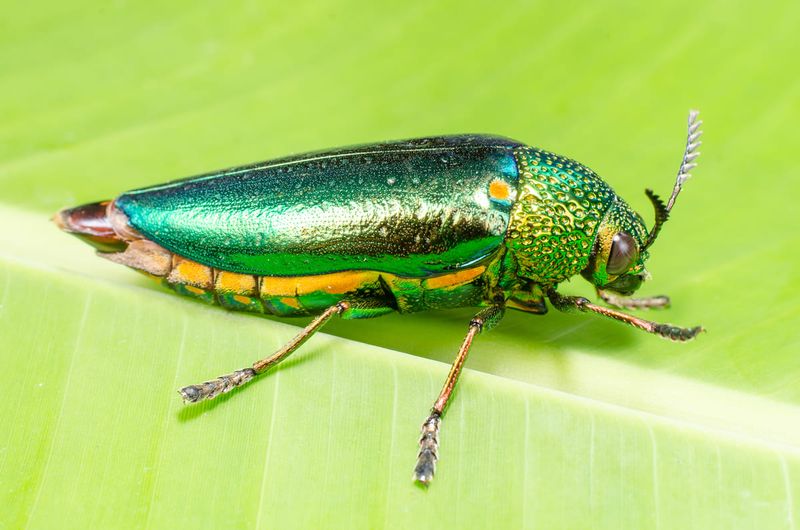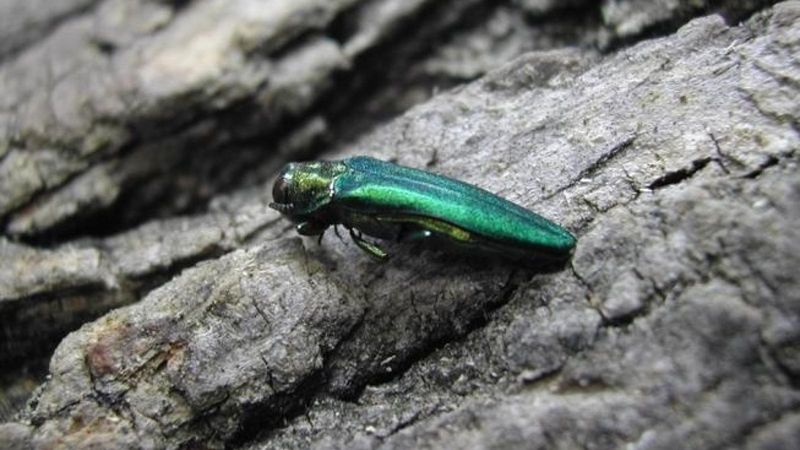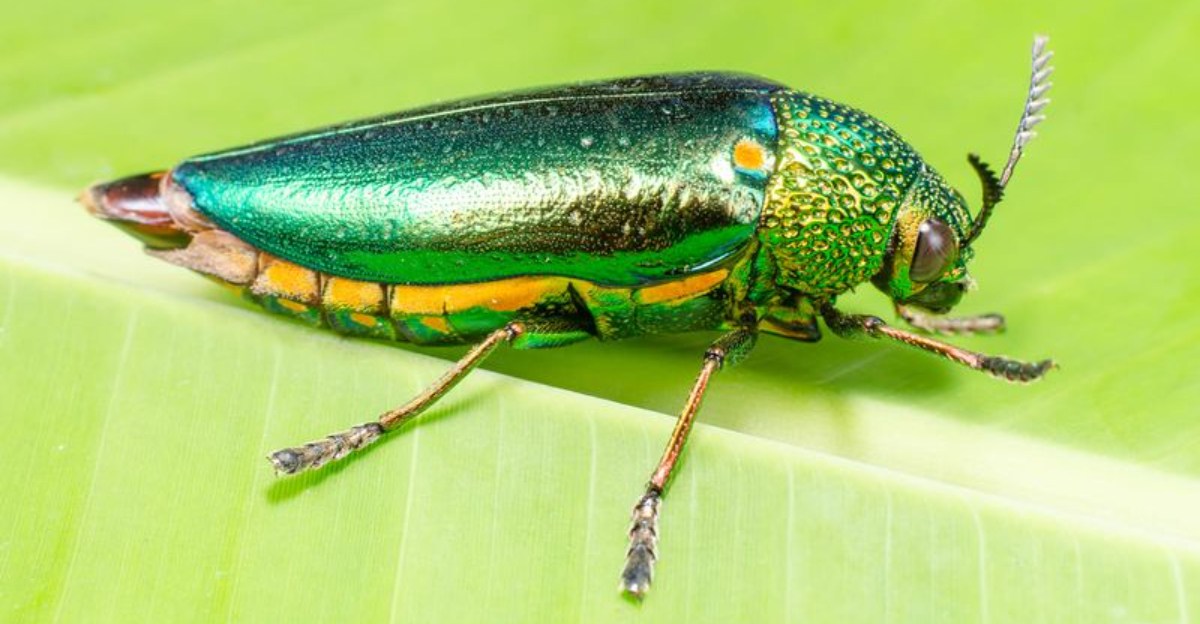The emerald ash borer, a tiny yet devastating invader, is on the move across America’s forests.
This metallic green beetle from Asia has recently expanded its reach to Nebraska, Oregon, and Denver, putting millions of ash trees at risk.
As it leaves behind a trail of decaying trees, the cost to communities for removal and replacement climbs into the billions. It’s a crisis that’s spreading faster than anyone anticipated—can we stop it before it’s too late?
Nebraska’s Battle Against The Green Menace

Cornhusker State officials sounded the alarm last spring when the first emerald ash borers were trapped in Omaha’s eastern neighborhoods. The half-inch beetles quickly spread to Lincoln, putting nearly 44 million ash trees at risk statewide.
Local arborists report a surge in preventative treatments, with homeowners scrambling to protect valuable shade trees. Nebraska’s Department of Agriculture has established quarantine zones, restricting the movement of firewood beyond county lines.
“We’ve been preparing for this day for years,” noted state entomologist Julie Peterson. “Now it’s about containment and education.” Community workshops now teach residents how to spot D-shaped exit holes—the telltale sign of infestation.
Oregon’s Forests Face Unexpected Threat

Pacific Northwest forestry experts were stunned when emerald ash borers appeared in Portland suburbs last fall. The discovery marked the pest’s first confirmed presence west of the Rocky Mountains, shattering hopes that geographical barriers might limit its westward expansion.
Oregon’s native Oregon ash trees, crucial for stream bank stabilization and wildlife habitat, stand directly in the firing line. Indigenous communities who use ash wood for traditional crafts have joined conservation efforts.
Emergency response teams have deployed purple sticky traps throughout the Willamette Valley to track the beetle’s movement. The state has allocated $2.7 million for an early detection and rapid response program to protect its valuable urban and forest ash resources.
Denver’s Urban Canopy Under Siege

Mile High City residents watched with dismay as the emerald ash borer officially arrived in Denver last summer. The timing couldn’t be worse – ash trees comprise nearly 15% of the city’s urban forest, many planted decades ago to replace elms lost to Dutch elm disease.
Parks department crews now tag infected trees with orange markers, signaling their impending removal. The city has launched “Operation Ash Shield,” treating high-value public trees with trunk injections while educating residents about private tree options.
Local wood artisans have created a silver lining by transforming removed ash into furniture and art pieces. “These trees won’t die in vain,” explained woodworker Carlos Sanchez, who crafts memorial benches from infected ash for city parks.
